City center
7.32
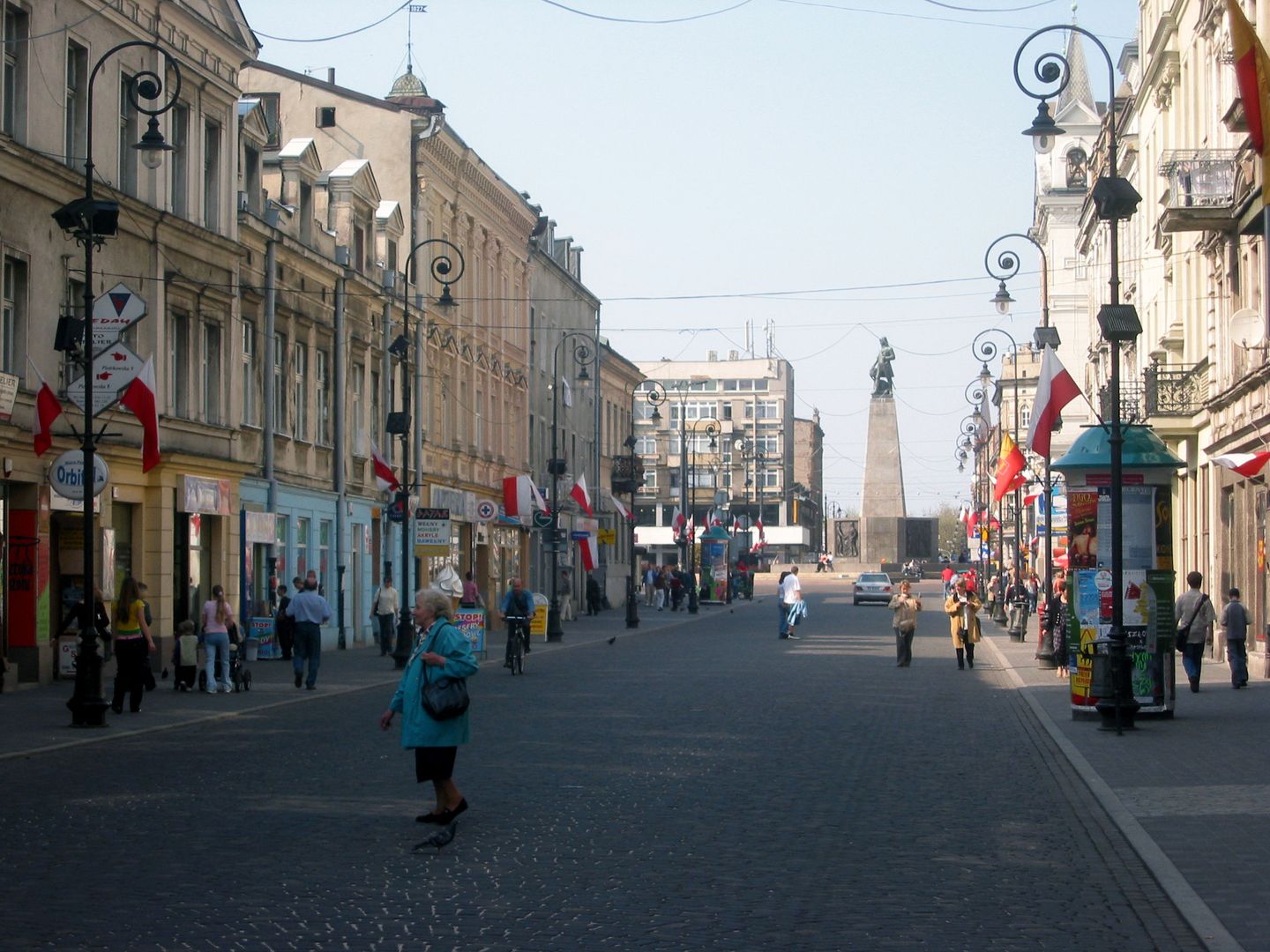
Overview
Śródmieście is the historic district of Łódź, which until December 31, 1992, covered an area of 6.8 km² and was inhabited by approximately 62,4 thousand people. The district was established in 1946, and its boundaries were determined by railway lines and post-World War II demolitions. Over the following years, Śródmieście underwent changes, both gaining and losing territories to other districts, notably in 1954 and 1960. The area of Śródmieście is divided into two administrative housing estates: Śródmieście-Wschód and Katedralna. Among the architectural treasures of the district are Piotrkowska Street with its eclectic and Art Nouveau tenement houses, Freedom Square with the classicist town hall, Meyer's Passage with its residences, the neo-baroque Juliusz Heinzel Palace, and the Jakub Hertz Palace. Śródmieście is also a cultural hub, with theaters such as the Grand Theatre, the S. Jaracz Theatre, the New Theatre, and the Musical Theatre. The district is also home to important religious sites, including the neo-Romanesque Church of the Exaltation of the Holy Cross and the Archcathedral Basilica of St. Stanislaus Kostka. A notable attraction is the Gallery of Great Citizens of Łódź with Tuwim's Bench, as well as the world's largest graffiti, covering an area of over 900 m². Thus, the district combines rich history with architectural diversity and cultural heritage.
Location
Tickets
Powered by GetYourGuide
You can also find here:

Hotel Grand in Łódź
7.48
City center, Lodz

The Arthur Rubinstein Łódź Philharmonic
7.43
City center, Lodz
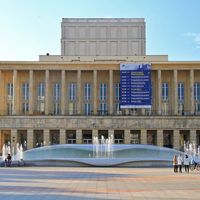
Grand Theater in Łódź
7
City center, Lodz
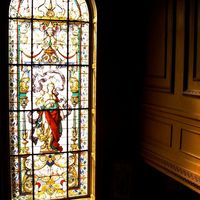
The Maximilian Goldfeder Palace in Łódź
7
City center, Lodz

Cathedral
6.99
City center, Lodz

St. Joseph's Church in Łódź
6.97
City center, Lodz

Church of the Descent of the Holy Spirit in Łódź
6.96
City center, Lodz
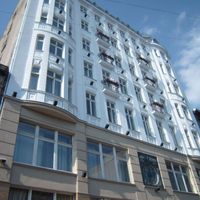
Hotel Savoy in Łódź
6.94
City center, Lodz
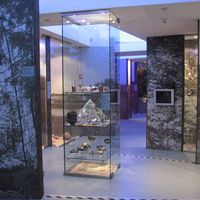
Archaeological and Ethnographic Museum in Łódź
6.92
City center, Lodz

Nowy Theater in Łódź
6.89
City center, Lodz
2025 Wizytor | All Rights Reserved